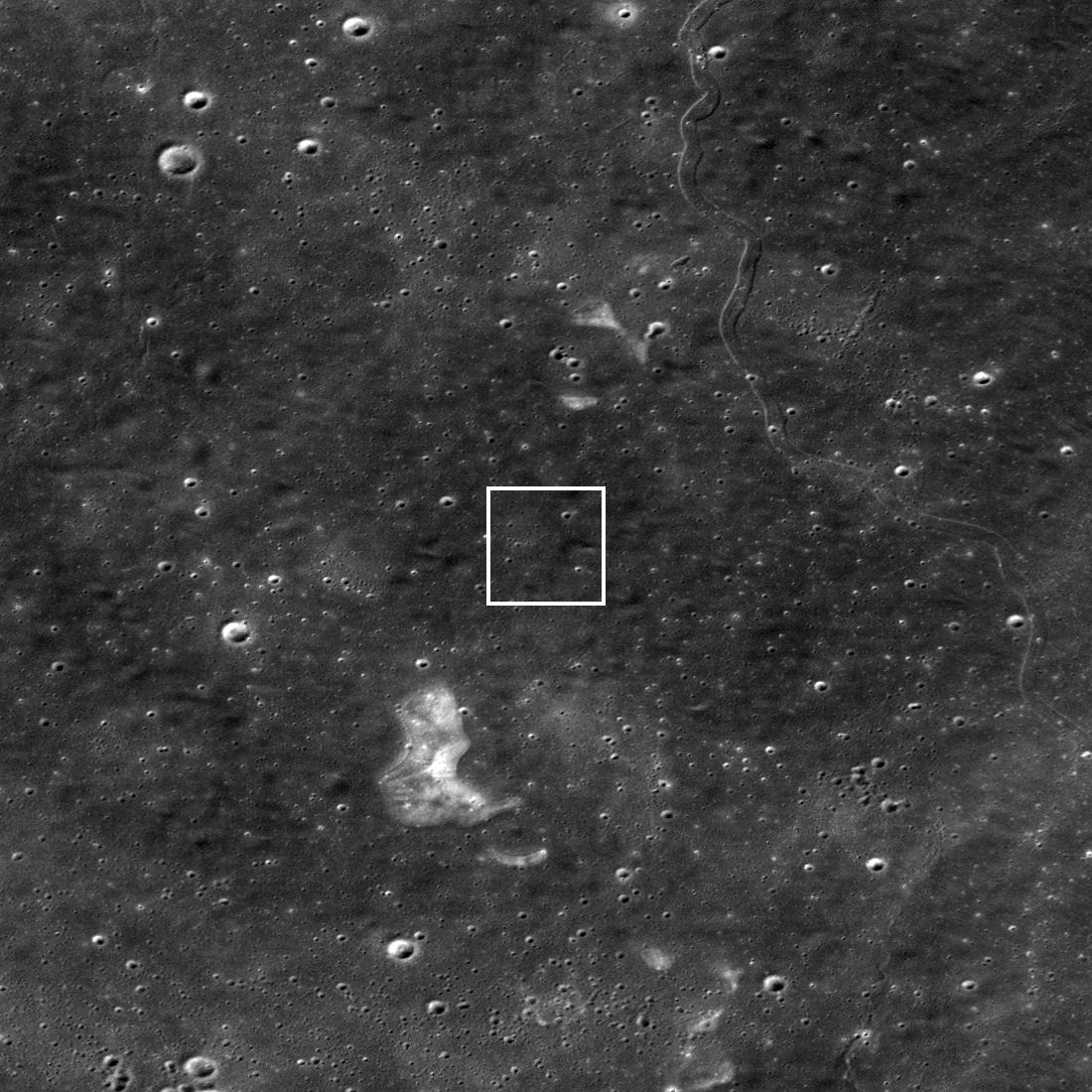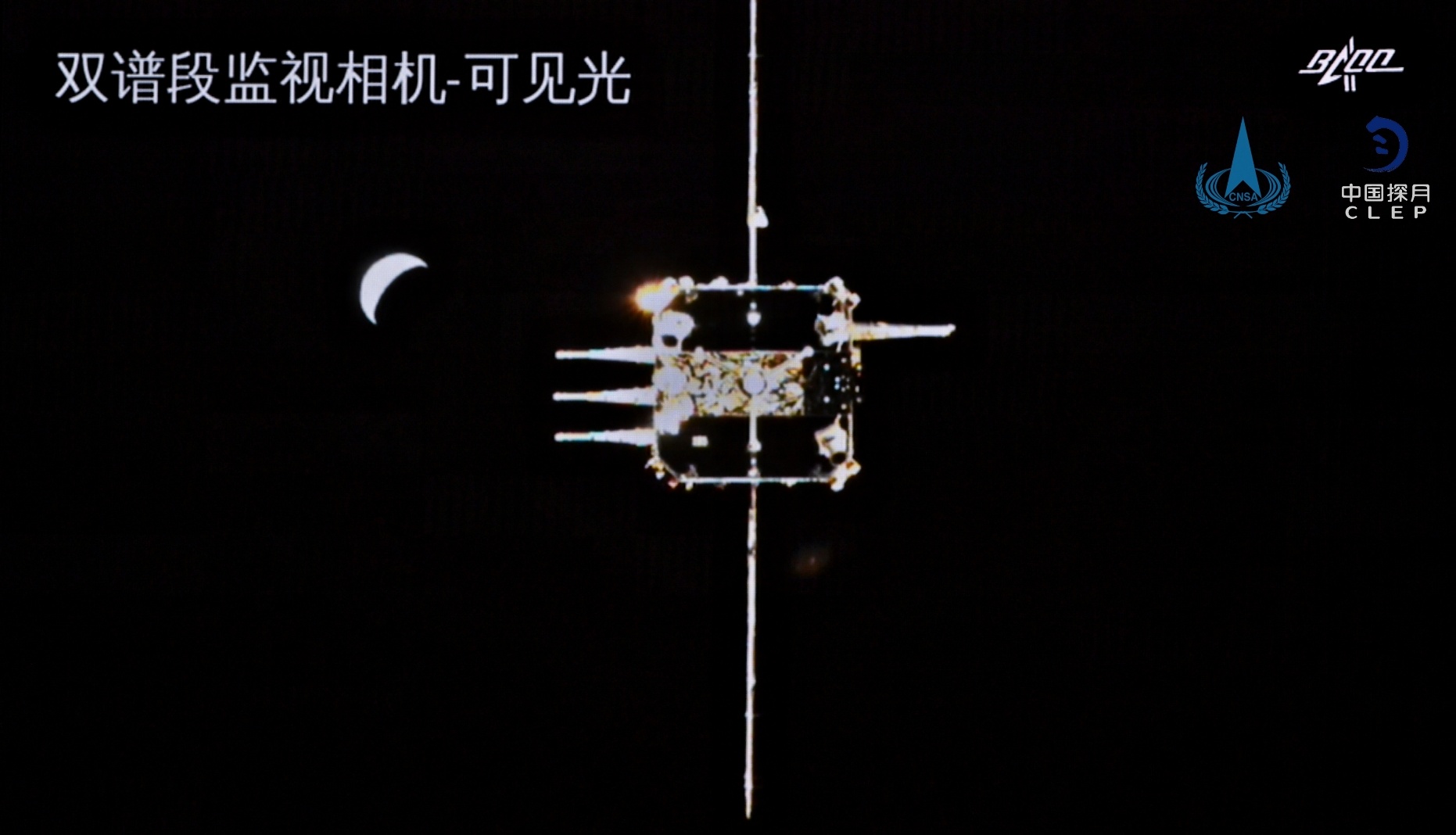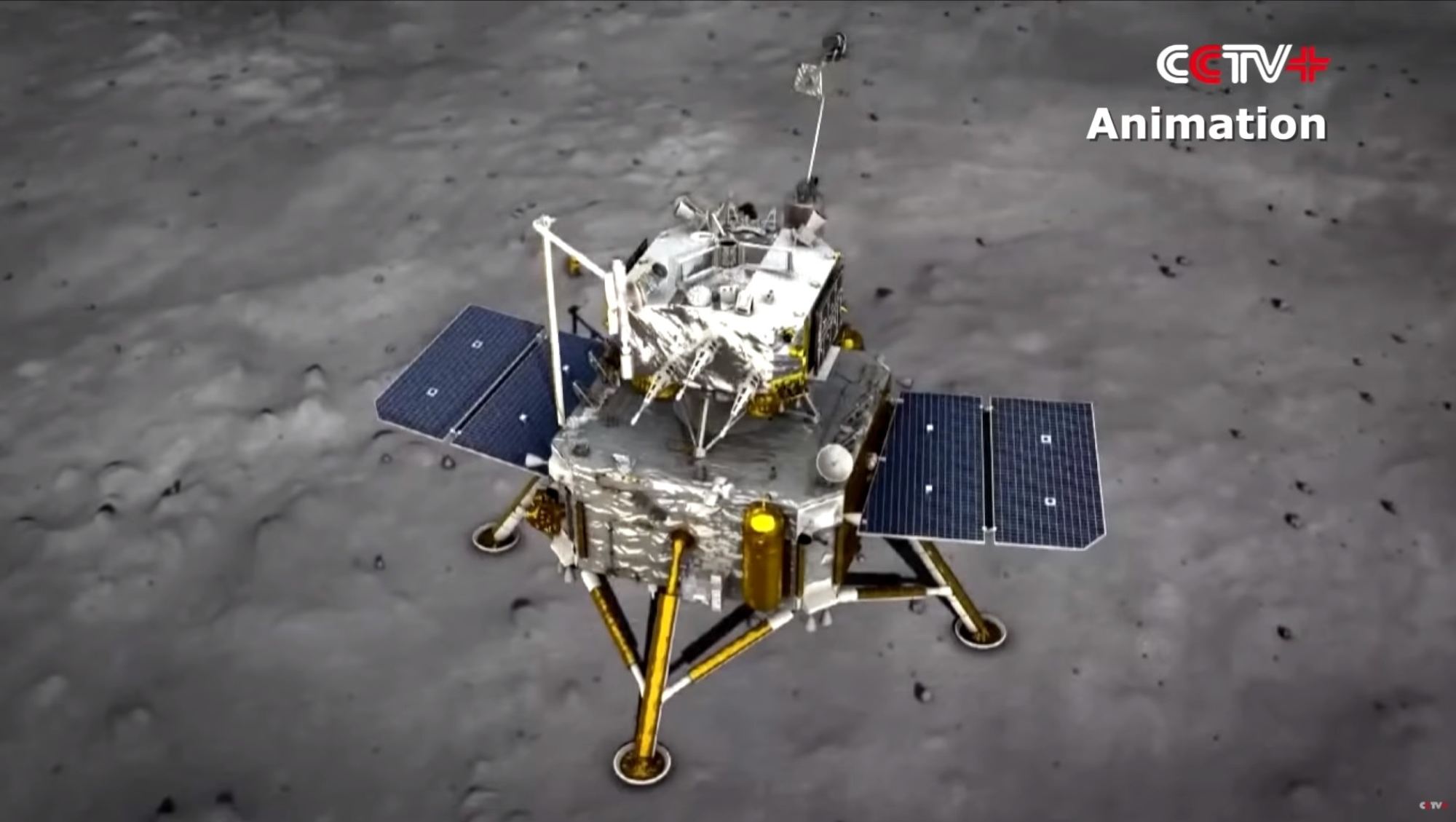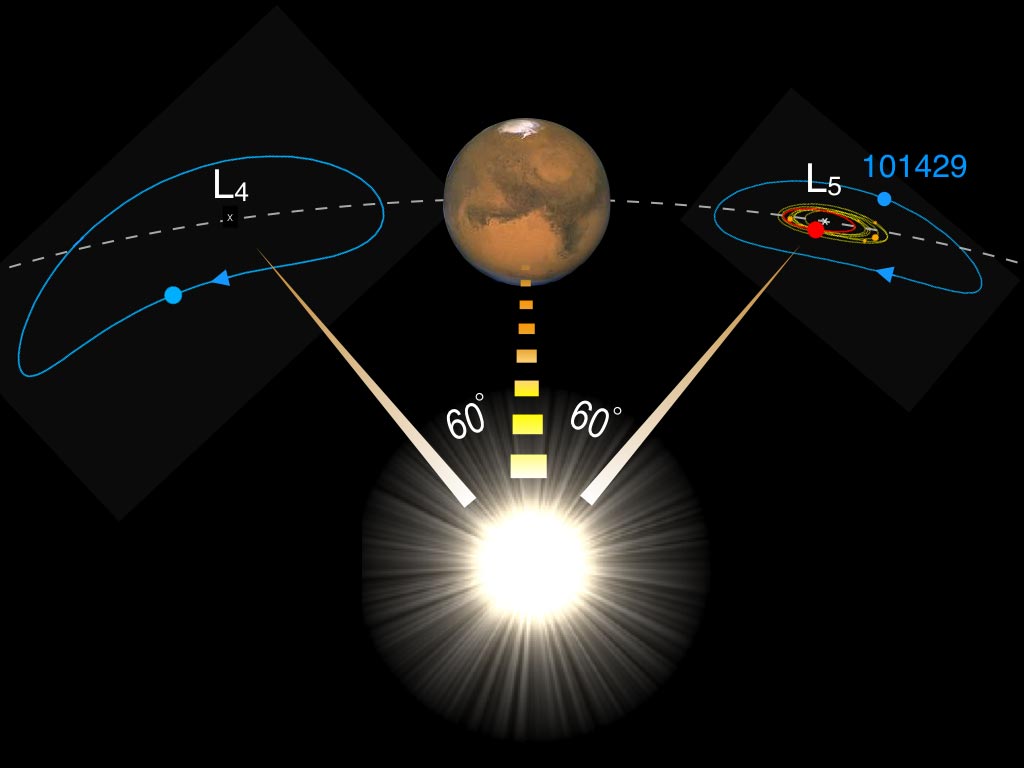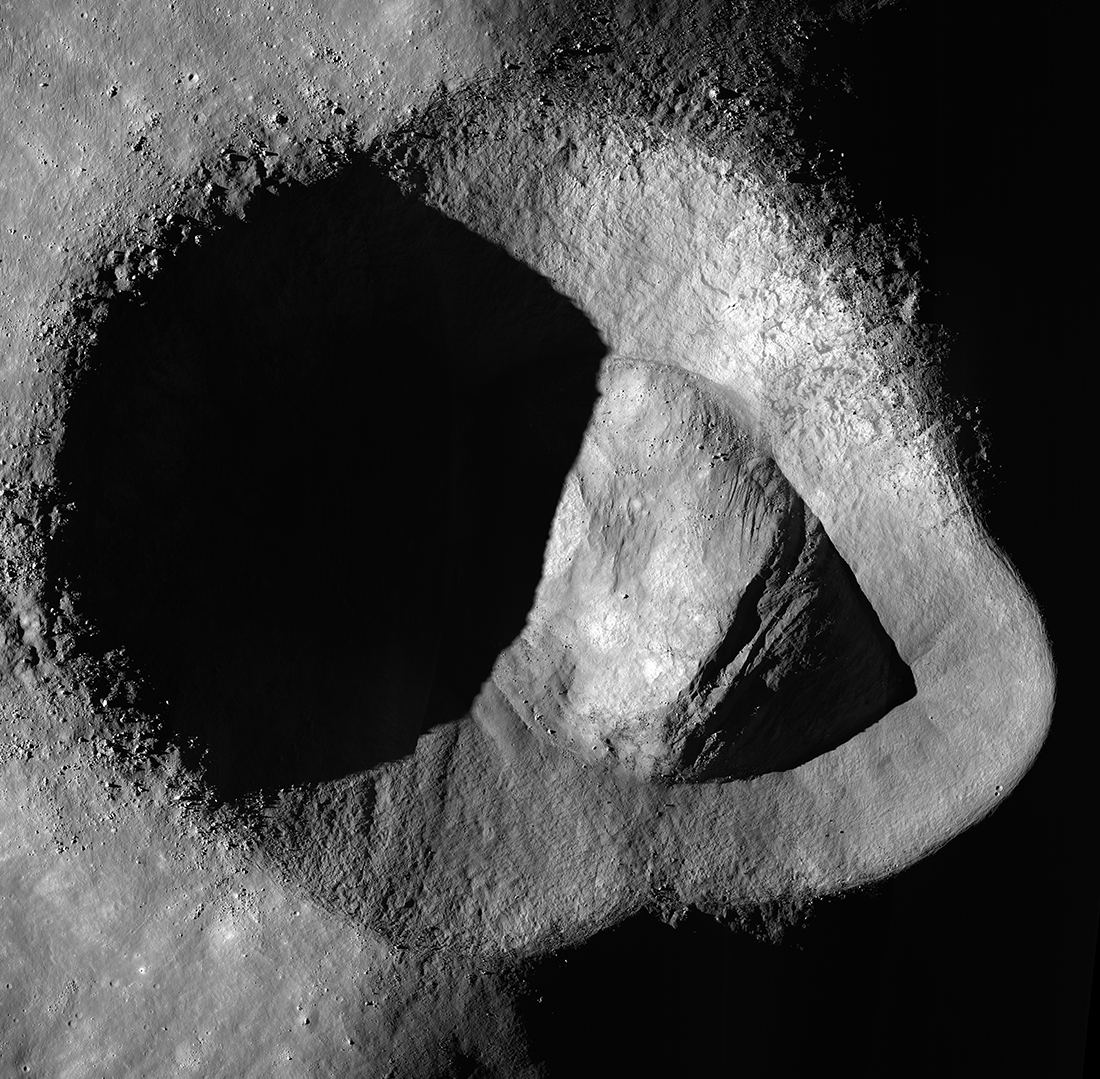On Tuesday, December 1st, at 10:11 EST (07:00 PST) the Chang’e-5 sample return spacecraft landed safely on the Moon. This mission is the latest in China’s lunar exploration program, which is paving the way for the creation of a lunar outpost and a crewed mission by the 2030s. The day after it landed, the Lunar Reconnaissance Orbiter (LRO) passed over the site and acquired an image of the lander.
Continue reading “Here’s Chang’e-5, Seen From Lunar Orbit”Chinese Spacecraft Dock in Lunar Orbit for Transfer of Moon Samples – Next Stop, Earth!
Two robotic Chinese spacecraft have docked in lunar orbit for the first time ever, in preparation for sending samples from the Moon to Earth.
The lunar ascent module for China’s Chang’e-5 mission was captured by the metal claws of the mission’s orbiter at 5:42 a.m. Beijing time December 6th (2142 UTC December 5th), the China National Space Administration reported.
Over the half-hour that followed, a canister containing lunar material was safely transferred to the orbiter’s attached Earth-return capsule. In the days ahead, the ascent module will be jettisoned, and the orbiter will fire its thrusters to carry the return capsule back toward Earth.
If all proceeds according to plan, the orbiter will drop off the return capsule for its descent to Inner Mongolia sometime around December 16th, with the exact timing dependent on the mission team’s analysis of the required trajectory. That would mark the first return of fresh material from the Moon since the Soviet Luna 24 spacecraft accomplished the feat back in 1976.
Continue reading “Chinese Spacecraft Dock in Lunar Orbit for Transfer of Moon Samples – Next Stop, Earth!”China’s Chang’e-5 Probe Blasts Off From the Moon, Bringing Back a Full Load of Samples
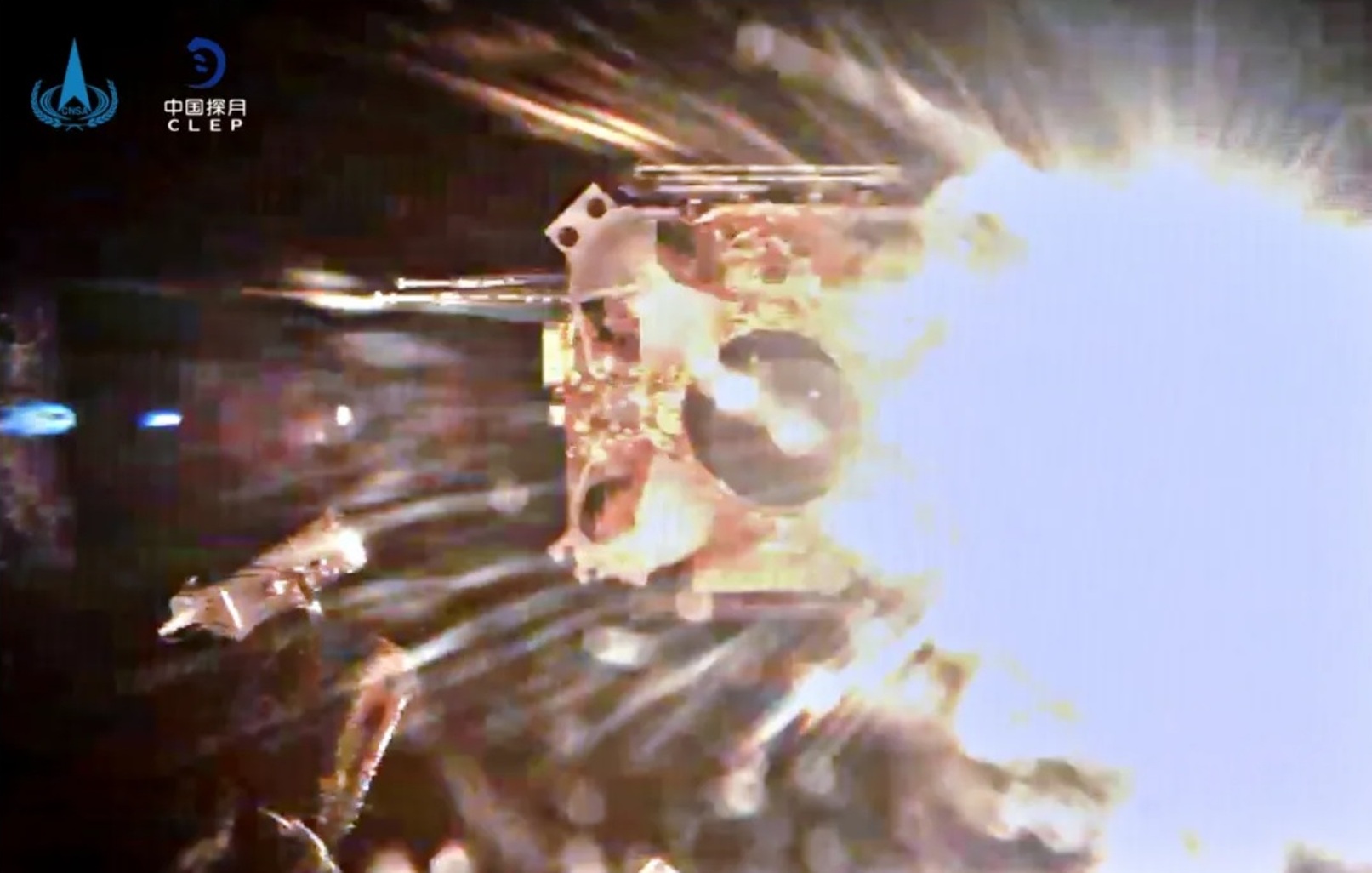
For the first time in more than 40 years, a robotic spacecraft has blasted off from the Moon – and for the first time ever, it’s a Chinese spacecraft, carrying precious lunar samples back to Earth.
The ascent vehicle for the Chang’e-5 mission fired its engine and rose a region called Oceanus Procellarum at 1510 UTC (11:10 p.m. Beijing time) on December 3rd, the China National Space Administration’s China Lunar Exploration Project reported.
Imagery sent back from the Moon provided a view of the blastoff from ground zero. It was the first successful lunar launch since the Soviet Luna 24 probe took off during a sample return mission in 1976.
Continue reading “China’s Chang’e-5 Probe Blasts Off From the Moon, Bringing Back a Full Load of Samples”Take a Look at What China’s Chang’e-5 Probe Is Seeing (and Doing) on the Moon
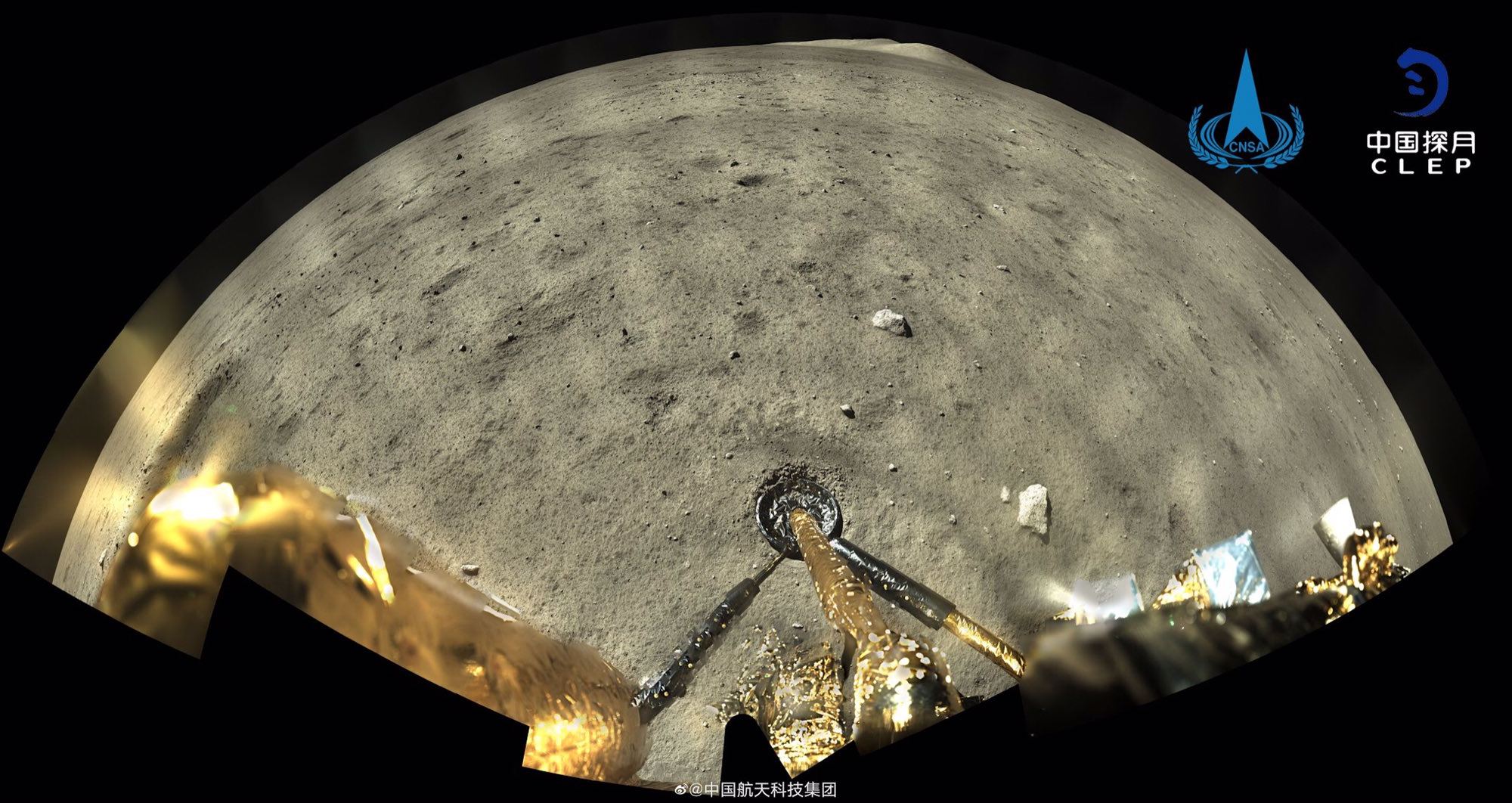
China’s Chang’e-5 robotic moon lander is due to spend only two days collecting samples of lunar rock and soil before it sends its shipment on its way back to Earth, but it’s making the most of the time.
Just hours after landing on December 1st, the probe started using its robotic scoop and drill to dig up material at Mons Rümker, a lava dome in a region called Oceanus Procellarum, or the Ocean of Storms.
It’s also been sending back pictures and video, including this stunning view of the final minutes before touchdown. Watch how the camera tips straight down to focus on the target spot for the lander:
Continue reading “Take a Look at What China’s Chang’e-5 Probe Is Seeing (and Doing) on the Moon”China’s Chang’e-5 Probe Lands on the Moon and Gets Set to Bring Back Fresh Samples
For the third time in seven years, a Chinese robotic spacecraft has landed on the Moon — but now things will get really interesting: If the Chang’e-5 mission succeeds, the probe will deliver fresh samples from the Moon to Earth for the first time in 44 years.
Chang’e-5’s paired lander and ascent vehicle touched down in a lunar region known as Oceanus Procellarium, near Mons Rümker, at 1513 UTC (11:13 p.m. Beijing time) December 1st. The landing came eight days after the 9-ton spacecraft was launched from Wenchang Space Launch Center, and three days after the craft settled into lunar orbit.
Continue reading “China’s Chang’e-5 Probe Lands on the Moon and Gets Set to Bring Back Fresh Samples”Every Year NASA Simulates Our View of the Moon for the Upcoming 12 Months. Here’s 2021, Hour by Hour
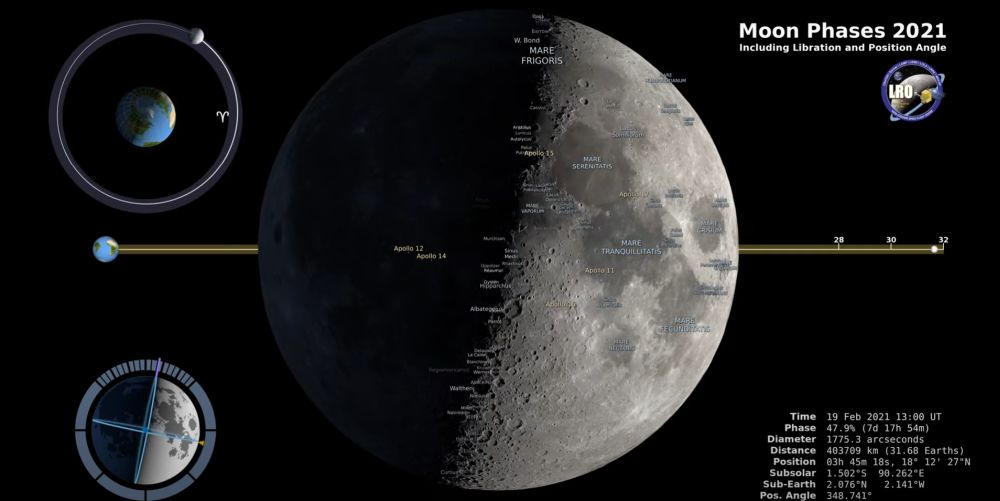
There’s no real reason most of us need to know what the Moon will look like on any particular day at any particular hour next year. No reason other than intellectual curiosity, that is. So if you have a healthy supply of that, then you’ll enjoy NASA’s latest contribution to staring at the internet and wondering where the time went.
Continue reading “Every Year NASA Simulates Our View of the Moon for the Upcoming 12 Months. Here’s 2021, Hour by Hour”China’s Chang’e-5 Probe Is Off to Bring Back a Moon Sample — and NASA Hopes to See the Data
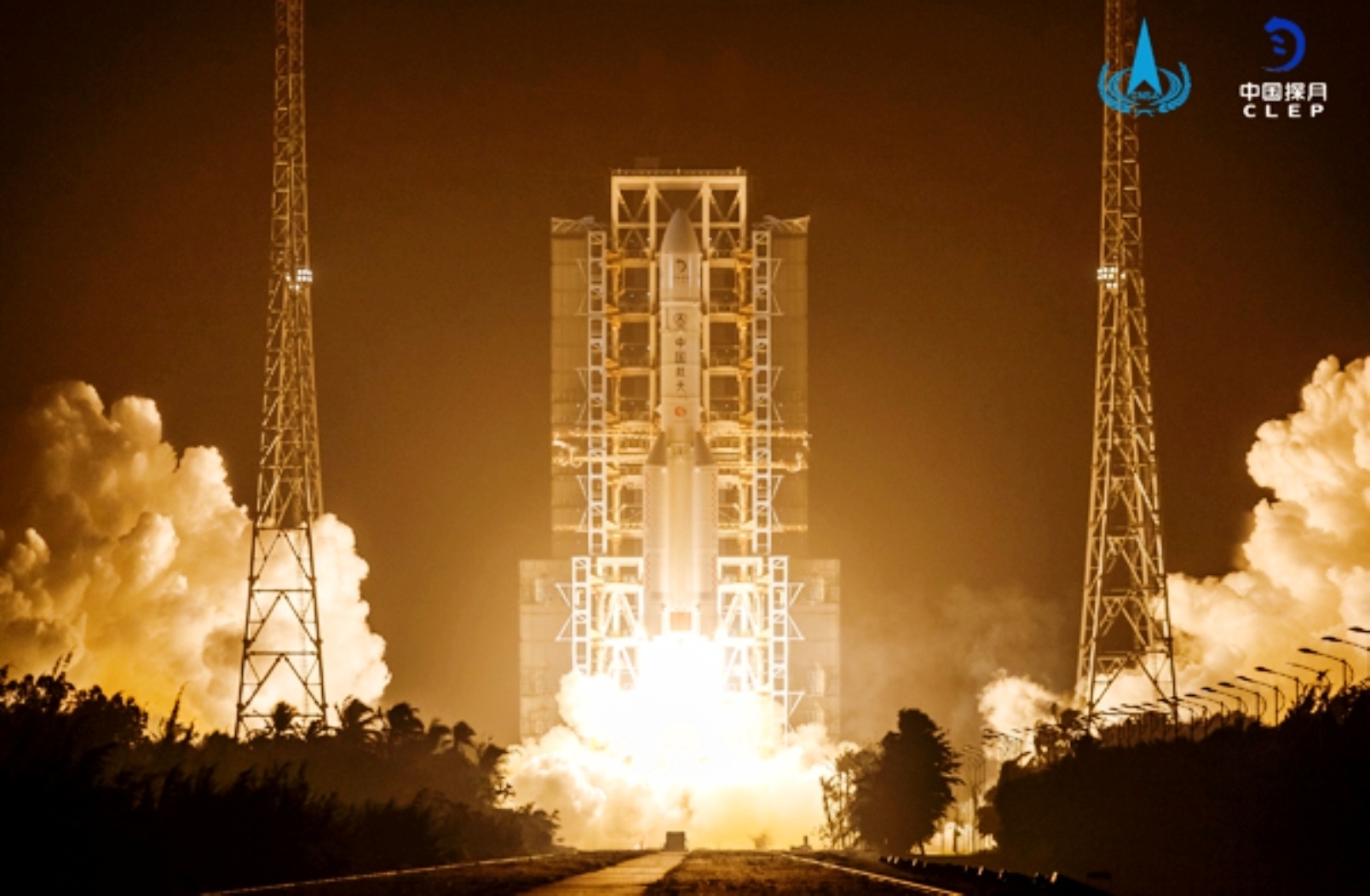
China’s Chang’e-5 probe is on its way to the Moon for a mission that could bring back the first samples of lunar rocks and dirt in more than 40 years.
The 8.2-metric-ton spacecraft was sent into space from south China’s Wenchang Space Launch Center at 4:30 a.m. local time November 24th (20:30 Universal Time November 23rd) atop a Long March 5 rocket.
Continue reading “China’s Chang’e-5 Probe Is Off to Bring Back a Moon Sample — and NASA Hopes to See the Data”There’s a Vast Microbial Ecosystem Underneath the Crater that Wiped Out the Dinosaurs

How did life arise on Earth? How did it survive the Hadean eon, a time when repeated massive impacts excavated craters thousands of kilometres in diameter into the Earth’s surface? Those impacts turned the Earth into a hellish place, where the oceans turned to steam, and the atmosphere was filled with rock vapour. How could any living thing have survived?
Ironically, those same devastating impacts may have created a vast subterranean haven for Earth’s early life. Down amongst all those chambers and pathways, pumped full of mineral-rich water, primitive life found the shelter and the energy needed to keep life on Earth going. And the evidence comes from the most well-known extinction event on Earth: the Chicxulub impact event.
Continue reading “There’s a Vast Microbial Ecosystem Underneath the Crater that Wiped Out the Dinosaurs”One Mars Trojan asteroid has the same chemical signature as the Earth’s moon
Although Mars is much smaller than Earth, it has two moons. Deimos and Phobos were probably once asteroids that were captured by the gravity of Mars. The red planet has also captured nine other small bodies. These asteroids don’t orbit Mars directly, but instead, orbit gravitationally stable points on either side of the planet known as Lagrange points. They are known as trojans, and they move along the Martian orbit about 60° ahead or behind Mars. Most of these trojans seem to be of Martian origin and formed from asteroid impacts with Mars. But one of the trojans seems to have a different origin.
Continue reading “One Mars Trojan asteroid has the same chemical signature as the Earth’s moon”Why Does the Moon’s Ryder Crater Look This Way?
This may be one of the strangest craters you’ll ever see.
Ryder crater is located near the south pole of our Moon, and it has a bizarre oblong shape (approximately 13 x 17 km in size), with a ridge cutting across the middle.
The majority of impact craters are round. How did Ryder crater end up in this odd shape?
Continue reading “Why Does the Moon’s Ryder Crater Look This Way?”
